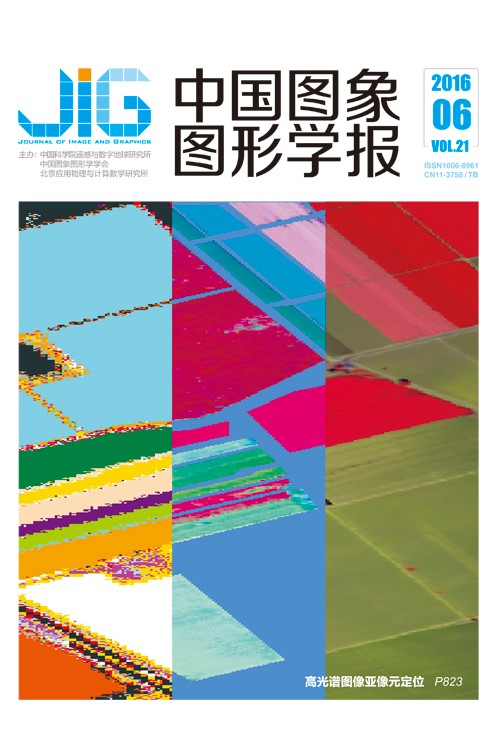
约束规则下的城市线路变形
摘 要
目的 针对现实中城市道路网的复杂性容易对人产生视觉干扰的缺点,提出一种规整道路的基于约束规则的自动布局变形算法。方法 将实际地图数据经过预处理得到将要布局的初始线路图,继而使用力导向算法将图中邻边的角度最大化,然后进行爬山算法迭代完成线路的方向限定。结果 通过实验结果及对比分析可知,在易读性、美观性、方便性和实用性这4个方面,平均有69.6%的用户觉得具有实际意义。同时与传统地图相比,在用户规划路径实验中,平均每组节省26.2%的时间。结论 本文基于约束规则的线路变形,缓解了城市线路复杂与人脑有限记忆力之间的矛盾,适用于城市公交与地铁换乘、快速定位、线路规划等,具有实际应用价值。
关键词
Deformation of city lines based on constraint rules
Lu Qiang, Liang Chong, Cao Shubo, Tan Xiao(VCC Division, School of Computer and Ingormation, Hefei University of Technology, Hefei 230009, China) Abstract
Objective Traffic is an important factor in any city. The urban road network becomes more complex along with the development of urban traffic. Such complexity leads to visual disturbance, affects the line planning, interrupts the transfer of passengers from urban to metro buses, results in rapid positioning, and many others. Thus, line deformation has become an important research topic in the study of information visualization. To address this issue, we propose an automatic layout deformation algorithm of a formal road system based on constraint rules to improve the traffic network. Thus, users can rapidly find the routes to their destination points on the actual traffic map and reflect those routes on the actual map easily using our method. Method The key points are extracted by preprocessing actual map data to generate an initial line map that is used as layout. Afterward, the constraint rules of the angle rule, side length rule, and non-overlapping rule are implemented using a force-directed algorithm. Multi-objective optimization is then performed using the hill climbing algorithm to complete the task of restricting the line direction. Result We perform a subjective evaluation by employing the questionnaire survey method and use Road Net of Hefei City in China and Retro Map of Mexico as actual cases. The results of the experimental and comparative analysis reveal that around 69.6% of all users acknowledge the importance of legibility, aesthetic, convenience, and practicality. We perform a user planning route experiment in which the starting point is the same as the destination point. Each group of participants save 26.2% of their time in the user planning path tests. Conclusion The line deformation that is proposed based on the constraint rules and changes can transform a complex urban road into a simple line map that can be easily understood by individuals. This technique eases the contradiction between complex urban circuits and the limitations of human memory and effectively prevents visual noise from complex urban road networks. This method is suitable for route planning, transferring between urban and metro buses, rapid positioning, and so on, thereby improving road efficiency and saving a large amount of time.
Keywords
|



 中国图象图形学报 │ 京ICP备05080539号-4 │ 本系统由
中国图象图形学报 │ 京ICP备05080539号-4 │ 本系统由